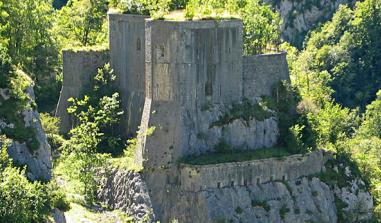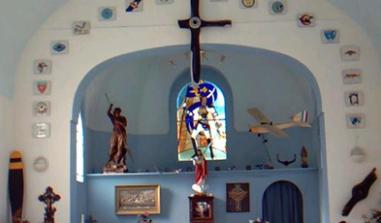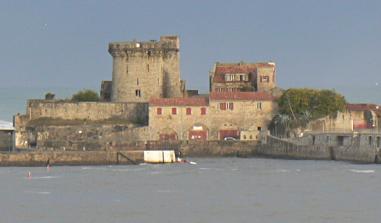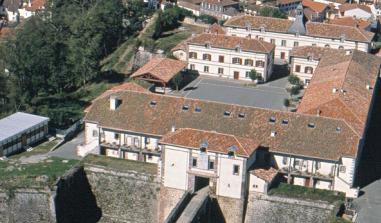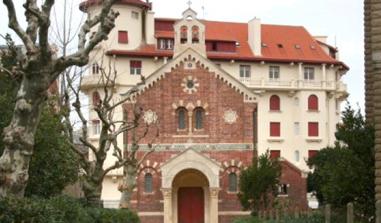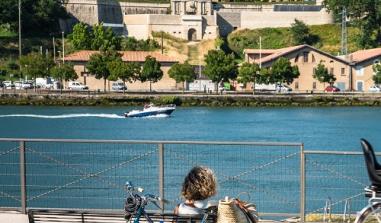Navarrenx
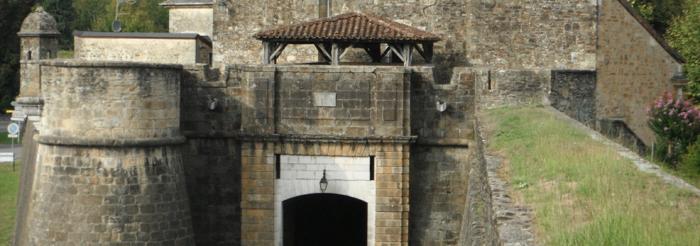
Navarrenx. Vue sur l'entrée Saint-Antoine. Source : http://jerome.jauffres74.free.fr
Lying at the heart of the Atlantic Pyrenees southwest of the Béarn plain, Navarrenx has been a fortified town since 1316. It was the first fortified town in what would become the Kingdom of France...
A salmon capital on the streets of Saint-Jacques de Compostelle, Navarrenx was also the first fortified town in what would become the Kingdom of France. Lying at the heart of the Atlantic Pyrenees southwest of the Béarn plain, Navarrenx has been a fortified town since 1316. After the assault by Spanish troops led by Charles Quint who took over the city in 1523, Henri II d'Albret, the king of Navarre, decided to reinforce defences on the right bank of the mountain stream of Oloron. From 1538 to 1546, fortification works were carried out under the direction of Béarn master builders François Girard and Arnaud de Mirassor, as per the design of Italian architectural engineer Fabricio Siciliano.
Less than a century before the birth of Vauban, Navarrenx was thus transformed into a modern fortified town "Italian-style", based on the citadel of Lucas in Tuscany. Later, a powder magazine would be built that would store up to 25000 pounds of gunpowder: a square-shaped construction little more than nine metres long, it was originally surrounded by a wall, part of which was visible aboveground. While this wall has since disappeared, the thickness of this wall (1.4m) and the lowness of the building (6m) prevented it from receiving direct hits from enemy forces.
The fortifications were tried and tested during religious wars under the reign of Jeanne of Albret, when the garrison under the command of the Baron of Arros successfully resisted a three-month siege in 1568. The town was re-equipped in the XVIII century, in particular with the Saint-Antoine gate built by engineer De Salmon on the ruins of an old church. Facing Spain, the gate owed its name to a chapel that welcomed pilgrims and was destroyed during the construction of the ramparts. With three massive arcades, the town was accessed via a drawbridge, the passage of the chains of which can still be seen today. In the XIX century, work on road and rail infrastructure led to the destruction of the old Saint-Germain gate which faced France.
Over the centuries, the fortified wall of Navarrenx has retained its main features. It outlines a reinforced firing range at each of its five corners with a bastion. Two of the five are fitted with anti-mine galleries, while a glacis and ground structures reinforce the town to the east, ahead of the moat. Several barracks have been built inside the walls to house the garrison, one of which nowadays is used as the tourist information office. From the top of the ramparts (for example, from the crenellation platform overhanging the Saint-Antoine gate), there is a pleasant view of the Pyrenees and, below, the arches of the bridge of Navarrenx (XIII century).
Visits There is free access to the 1818-metre perimeter of the town. The walls of the city contain bilingual (French-English) descriptive plaques that trace the history of each structure. Information on guided visits can be obtained from the Navarrenx district tourist office. How to get there 80 km from Bayonne via Peyrehoarde and Escos on the A 64/E 80 (exit no. 6 Peyrehoarde), then the D 936 and D 115. 40 km from Pau via Tarsacq, Noguères and Mourenx along the D 2, the D 281 then the D 111. 60 km from Saint-Jean-Pied-de-Port along the D 933 towards Sauveterre-de-Béarn, then the D 936. 6 km from Gurs along the D 947 and D 936. Canton of Navarrenx Tourist Office L'Arsenal - Rue Saint-Germain 64190 Navarrenx Tel.: 05.59.66.14.93 Fax: 05.59.66.54.80 e-mail : navarrenx@tourisme-bearn-gaves.fr
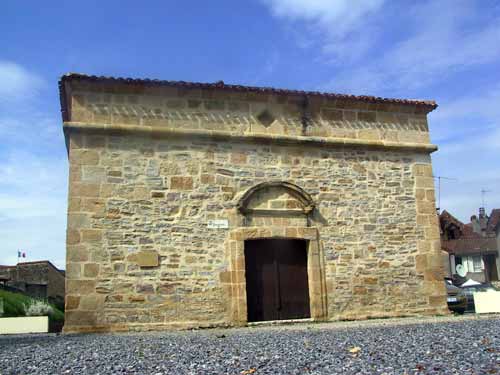
The powder magazine. Photo: Guillaume Roumeguère
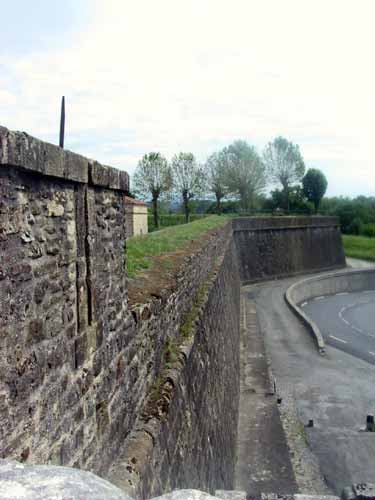
The bastion of the bell as seen from the Saint-Antoine gate. Photo: Guillaume Roumeguère
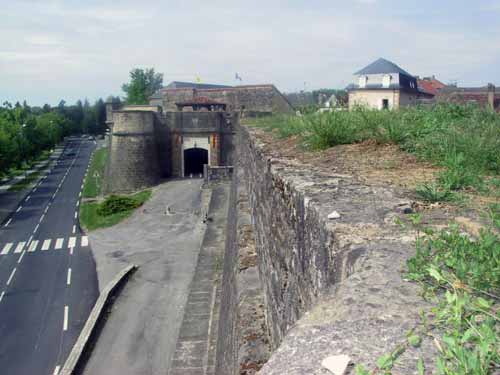
View of the Saint-Antoine entrance. Photo: Guillaume Roumeguère
Practical information
64190
Navarrenx
tél. 05.59.66.14.93Fax. 05.59.66.54.80
Accessible toute l'année


